 . . . make sure it's this one!
. . . make sure it's this one!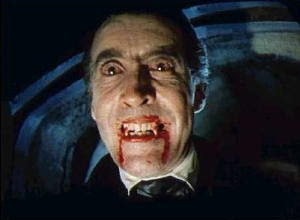

 . . . make sure it's this one!
. . . make sure it's this one!


Basically, this is a love triangle, with strong performances from the three leads. There’s even a heavy nod to Hitchcock’s Rebecca (1940), as a spooky housekeeper prevents Sansan from entering a locked room in Junchu’s huge mansion.
It reminded me more of Stanley Kwan’s Rouge (1987), a similarly unrequited love story which preferred to tone down the supernatural element and played successfully as a drama. Again, the ghost was very beautiful (Anita Mui), but the setting was modern day, with flashbacks to the 1930’s. Rouge works so well because it treats the ghost as a character rather than a scary monster.
I will watch The Matrimony again in the future, for the lavishly recreated sets, the colourful cinematography, and the cast, but not for the scares.
The Hong Kong no frills DVD release has good English subs, an anamorphic widescreen picture, and an optional DTS audio track.

UPDATE - also out now on region 1 DVD in the US.





 I'm pleased to say that the film is now also available on region 1 and region 2 DVDs, misleadingly under the Tartan Asia Extreme banner label.
I'm pleased to say that the film is now also available on region 1 and region 2 DVDs, misleadingly under the Tartan Asia Extreme banner label.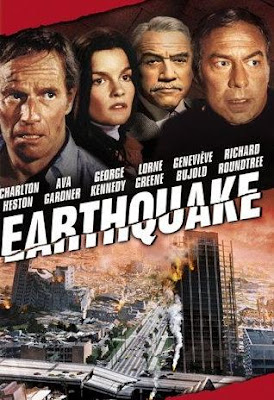



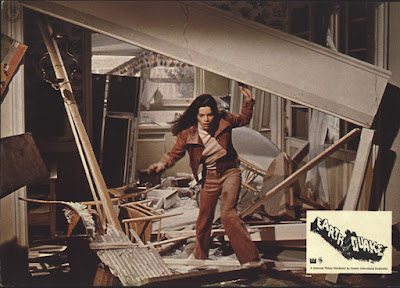





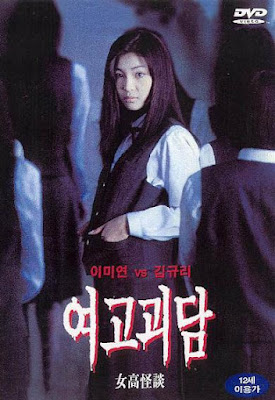 WHISPERING CORRIDORS
WHISPERING CORRIDORS 
South Korean High School girls in trouble!







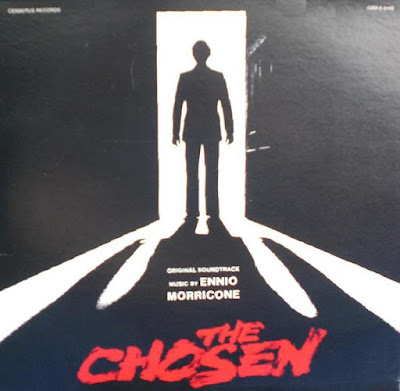






 HAUNTED SCHOOL 3
HAUNTED SCHOOL 3 Japanese poster
Japanese poster

 Tina sees her mother in bed with William Shatner
Tina sees her mother in bed with William Shatner How to look lecherously at bellydancers
How to look lecherously at bellydancers

"Yes, that was me beating up James Bond in Goldfinger"
With acting fireworks in every simple scene, there's plenty to enjoy - but if you wanted action, you ain't got it. The slow motion chase scene (it's not filmed in slow motion, it's just slow) through a car wash is staged for no real reason at all, except that they could. Realism and continuity fly out of the window as Shatner runs over the wrestler without the car so much as bouncing... three times! In truth he'd need a steep ramp, and one of those Dukes of Hazzard leaps, to be able to clear Harold's substantial figure even once.
The exciting car wash scene here on YouTube...
Looking at his resume, director William Grefe appears to have a penchant for filming sharks and directing shark movies, which probably explains the best shot in the movie - a car crashing into a river, all seen in a continuous take from inside the car.
Yes, it's a bad movie, but one of the enjoyable ones. It's beyond cheap - check out the dark blue sheet hanging outside Tina's bedroom window, to represent night time! This looks even cheaper than the TV movies that Shatner was doing inbetween Star Trek, the original series, and Star Trek - The Motion Picture. Perhaps he was trying to break out of TV movies, and back into movie movies. Way to go, Bill! Good choice!
But, talk about no frills, this DVD doesn't even have any artwork printed on the disc! A white disc with a little writing on? What is this? Bootleg chic? Rather than 'dumping' the title out there, this could sell far better with even a little presentation. The cover art makes it look like a documentary about Mars, and subtitling Shatner with 'Star Trek' in tiny words looks as ludicrous as it is redundant.
The lip synch on the DVD is a little loose in places, that I'll generously assume weren't there originally. There's even some creasy tape faults, though I can't think what the response would be if we suggested that this gem should be digitally remastered.
Still, I'm very glad that it's cheap and it's out there - I'll proudly put this on my Shatner shelf, right next to Incubus - the world's only movie in Esperanto...
Do you want to see more?
Also on the Shatner shelf, you might like...
1998 - FREE ENTERPRISE (William Shatner IS William Shatner)
1982 - VISITING HOURS (Shatner versus a psycho slasher)
1979 - DISASTER ON THE COASTLINER (TV disaster movie)
1977 - KINGDOM OF THE SPIDERS (Shatner vs a spider invasion)
1975 - THE DEVIL'S RAIN (Shatner takes on the Devil himself...)
1972 - THE HOUND OF THE BASKERVILLES (Shatner meets Sherlock)
1962 - THE INTRUDER (Shatner as a fascist - preaching HATE)
...all of which are ripe for Black Hole Reviews - watch this (outer) space...